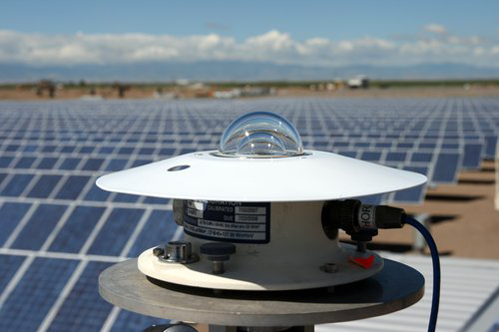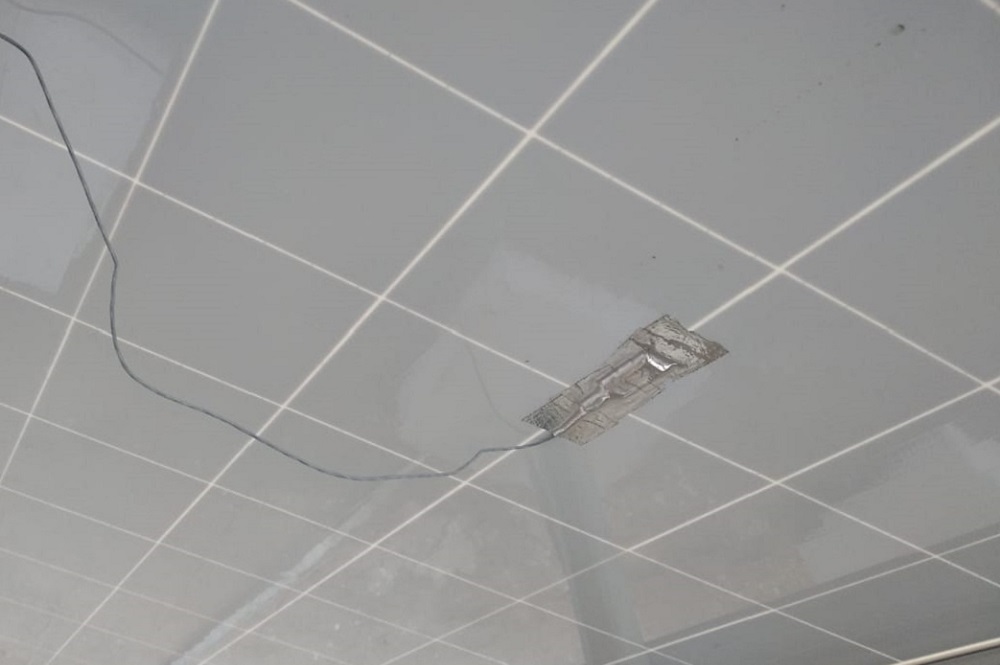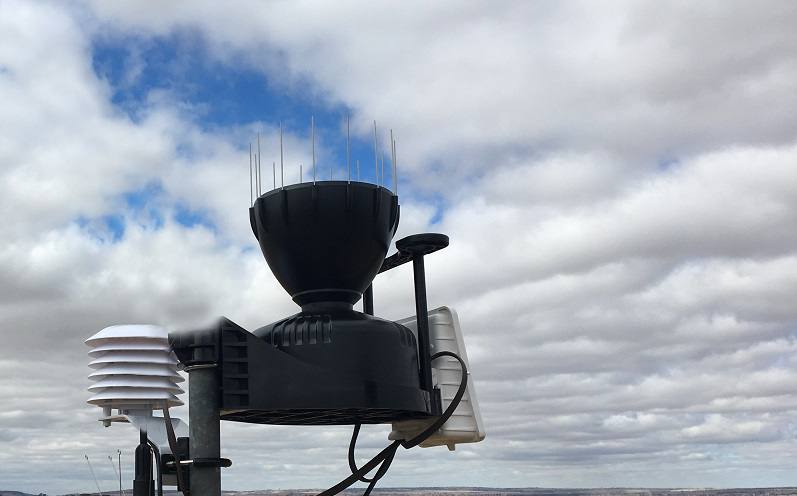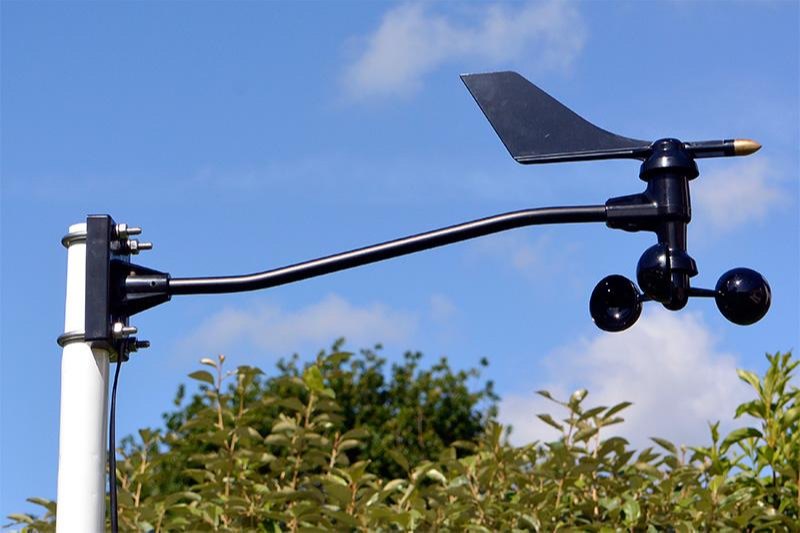What is WMS & its function in a Solar Power Plant
A WMS is one of the key components in a solar power plant. It’s function is to gather the data of weather parameters such as solar radiation, Module surface temperature, Ambient temperature, wind speed etc. at any solar pv site which helps to monitor the efficiency and performance of the power plant. The further analysis of this data w.r.t the plant output helps to analyze and improve the performance of the plant.
To Summarize its helps in the following:
1. To monitor system performance
2. To schedule maintenance
3. To help in maximizing operating efficiency
A weather monitoring system (WMS) can consist of multiple sensors having different functionalities. For example,

Solar Irradiation (Irradiance) sensor helps capture the data of how much sunlight is being incident on the panels. This allows you to understand how well your system is performing compared to the ideal conditions.
Two types of radiation is generally monitored:
- Global Horizontal Irradiation (GHI)
- Global Tilted Horizontal
Module temperature sensor indicates a change in the efficiency of the solar modules as the output of solar modules is dependent on temperature. If the module surface temperature rises beyond the specified limit mentioned, the efficiency of the panels will be reduced accordingly.


Rainfall sensor helps with the data of the amount and frequency of rainfall which explain low energy yields during a specific period of time.
Wind Speed & Direction sensor provides a critical parameter to consider from the plant safety perspective. The heavy winds may cause damage to the solar PV system and hence should be observed regularly for any possible maintenance activities to be carried out.

If there is an anomaly in readings of any of these parameters, it might lead to sub-par generation which is an indication of the effects of these factors on a Solar PV plant performance.
Can a WMS help Improve Performance of The solar PV Plant?
Data from these sensor can be used to derive Performance Ratio (PR) of your solar PV plant which helps in planning of maintenance activities like panel cleaning and or other technical faults hence an accurate measurement of these parameters is important.
For example if the yearly PR of a plant is 72% , it means that 28% of the incident solar energy during this period couldn’t be converted to usable energy due to circumstances such as conduction loss, thermal loss or, for example, defects in components.
Here the PR (performance ratio) acts as an indicator and can prompt more detailed inspection of the PV plant so that, for example, soiling of the PV modules is removed or defective components can be repaired or replaced. [More details here]
Data gathered from these sensors can also help in prediction which can help in planning the maintenance and repairs of a solar PV plant.
